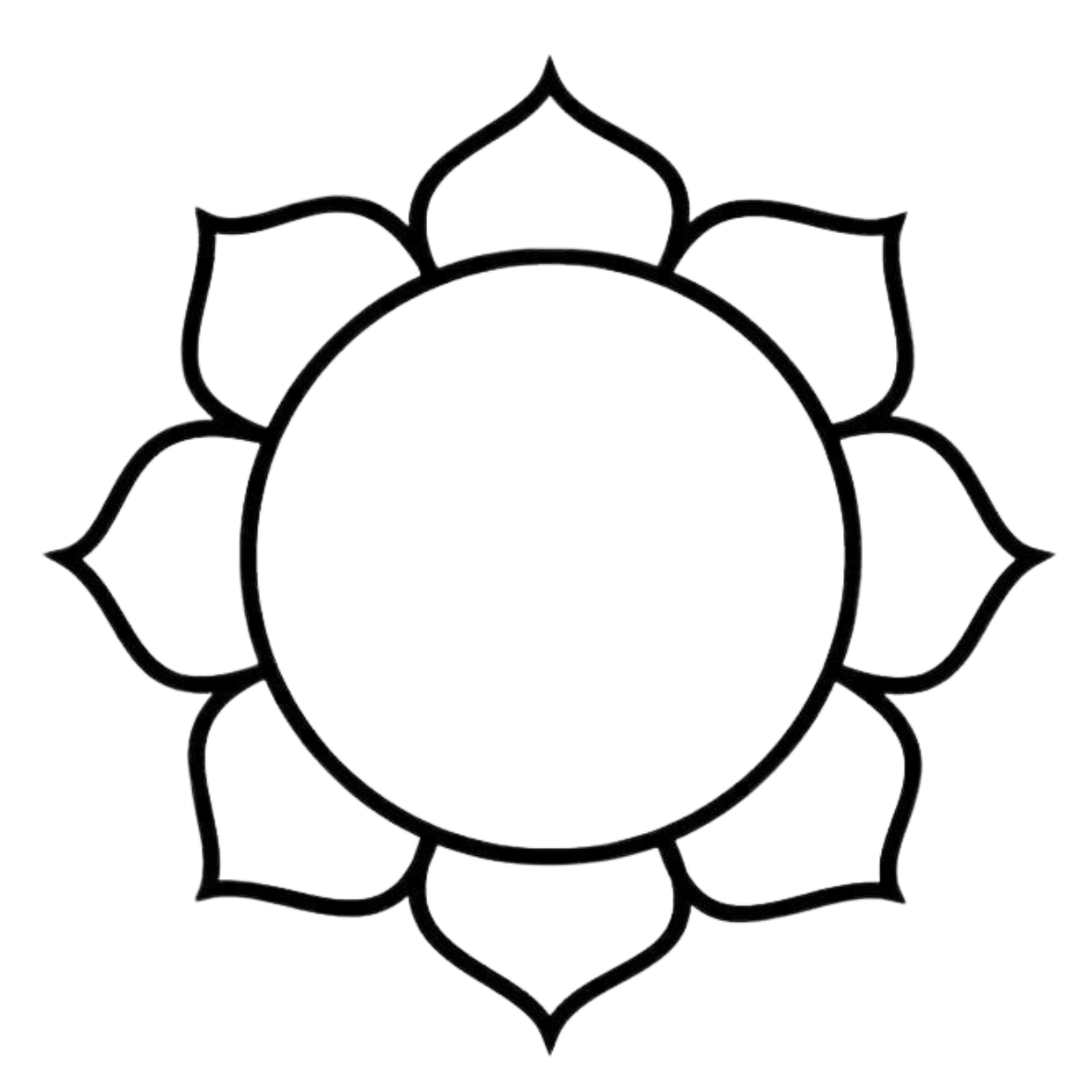Petra Jordan: my hike to the hidden rock city

Summary: I hiked via Little Petra and the Siq to Al-Khazneh and discovered how Petra’s history, water management and symbolism converge. This is my route, my experience, and why this rock city continues to resonate—beyond the postcard.
I entered Petra through Little Petra, before the stalls opened. The gorge was silent, the air cool, the first steps already merciless. Perhaps you know it: your body asking for rest, while your heart longs for meaning. And then, after hours of climbing, that first glimpse of façades carved into the rock. It feels as if you reach not only a place but also a layer of time within yourself. I realized: how you see yourself determines how you act. This hike taught me to see differently, walk differently, breathe differently.
A short history (you’ll actually remember)
Petra is the masterpiece of the Nabataeans, an Arab trading people who settled here between the 6th–4th century BC. Between the 2nd century BC and the 1st century AD, the city thrived as a hub of incense, spice, and silk routes. In AD 106, Petra was annexed by Emperor Trajan into the Roman Empire (Arabia Petraea). Earthquakes (notably in AD 363 and 551) and shifting trade routes led to decline. In 1812, Swiss explorer Johann Ludwig Burckhardt “rediscovered” the site. Since 1985 Petra has been UNESCO World Heritage, and in 2007 it was voted one of the New Seven Wonders of the World.

View through the Siq towards Al-Khazneh – light after shadow, Petra (YOOOVA).
Why here? The logic behind the wonder
On the map Petra seems unlikely—a city hidden in canyons and sandstone. Yet this gave safety. The Nabataeans were masters of water management: dams, channels, and cisterns captured scarce rain and wadi streams. In a dry land, they created a stable reserve for people, animals, and trade. Strategically, Petra lay between Arabia, Egypt, Syria, and the Mediterranean: protection, provision, passage—functional and visionary.
Architecture that speaks: more than beauty
The most famous façade, Al-Khazneh (“The Treasury”), was likely a royal tomb (1st century BC). Myths grew around the urn on top hiding gold; the truth is more human: funerary architecture in monumental form. Further lies Ad-Deir (“The Monastery”), even larger, later reused in Christian times. On the heights you find the High Place of Sacrifice, an open-air sanctuary. The Siq, the narrow entrance gorge, is pure scenography: dark–narrow–intimate, then suddenly light and revelation. Theater before theaters existed.

Ad-Deir (The Monastery) – panoramic silence after a long climb (YOOOVA).
Spiritual layer: power place, leylines, and the Siq as initiation
Many travelers experience Petra as a power spot: charged silence, slower breath, sharper focus. Esoteric maps connect Petra to supposed leylines—energetic axes between ancient sanctuaries. Proven or not, Petra clearly sits at a crossroads of power: geology (protection), hydrology (life), geography (trade), and ritual (community). The Siq feels like an initiation path: from darkness to light, from narrow to wide, from noise to revelation.
What this does to you (and why it stays)
Wandering Petra shifts your sense of time. Architecture becomes a dialogue with people you will never meet, yet understand. I found back my own pace: less chasing, more seeing, more feeling. Who you think you are shapes how you are present: live in haste, and all becomes haste; choose stillness, and your rhythm—and your choices—change.
My hike: via Little Petra to the heart
The back entrance via Little Petra (Siq al-Barid) was tough: long uneven stairs, small plateaus with views that invited me to linger. Each step taught me: respecting limits is no weakness. At the top, just before descending towards the Monastery and the city, I felt both euphoria and humility. As if Petra whispers: “You are welcome—come fully.”

Roman theater carved into Petra’s rock wall (YOOOVA).
Experiencing Petra at your own pace: more than a checklist
Petra is not just a place you see, but an experience you feel. The rock remains unchanged, but you shift gently. During your hike, take shadow breaks, drink water, listen to echoes. Petra unfolds step by step in your rhythm—not a checklist, but a conversation that stays with you.
Practical tips
- Best seasons: spring and autumn (milder temperatures, softer light).
- Time: at least 1 full day; 2 days feels better.
- Start early: quiet in the Siq and best light on façades.
- Essentials: water, salty snacks, sturdy shoes, sun protection.
- Routes: main entrance (theatrical Siq effect) or via Little Petra (pilgrimage pace).
Related articles
Frequently asked questions
Is Petra just a photo spot?
No. Beyond its façades, Petra teaches about water, geography, and ritual. The Siq is an experience—from dark to light—that changes your pace and attention.
Can I enter via Little Petra?
Yes. The route via Little Petra (Siq al-Barid) is steeper and quieter, with many stairs and viewpoints. Start early, bring water and sturdy shoes.
What makes Petra unique compared to other sites?
Its mix of natural citadel, ingenious water system, trade position and layered symbolism. Functional and sacred at once.
Conclusion
Petra was built to last, but meant to move you—from outside to inside. If you see yourself as someone who must always keep going, that’s how you’ll live. If you allow yourself to slow down and listen, your rhythm and choices change. Petra helps you feel that difference. Not because the city changes you, but because it reminds you who you already were.
More of my work: Yooova and Be Your True Color.
“I didn’t find what I was looking for—I found what was needed: the courage to be who I already was.”


